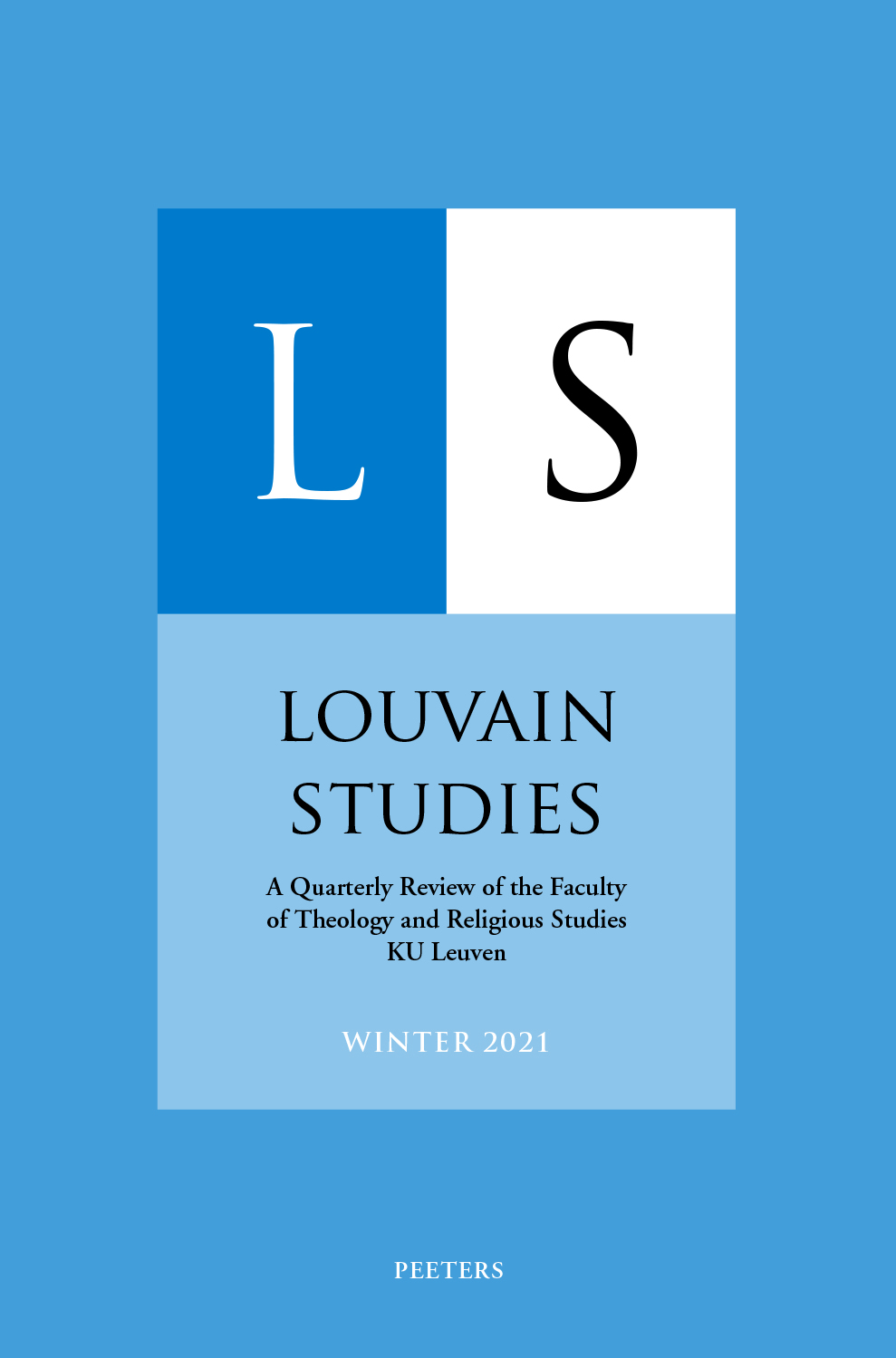 previous article in this issue previous article in this issue | next article in this issue  |

Preview first page |
Document Details : Title: Liturgy as Essential Lynchpin for a Hermeneutic of Vatican II Author(s): PRUSAK, Bernard P. Journal: Louvain Studies Volume: 38 Issue: 2 Date: 2014 Pages: 126-148 DOI: 10.2143/LS.38.2.3073478 Abstract : In the earliest centuries, the Eucharist was a celebration in which the entire assembly was actively involved. There was a distribution of roles, not a distinction of powers, in that participatory, priestly community (1 Pt 2:9). With the fourth century, the Eucharist became an action of the ordained presider, which the baptized watched. After the Eucharistic controversies of the eleventh century, believers wanted to see the Eucharist, but seldom received it. They no longer became what they received, the Body of Christ. Eucharist was separated from its ecclesial effect. After Trent, the ministerial priesthood was emphasized, over Luther’s emphasis on the priesthood of the baptized. Active participation by the baptized was not a concern. Pius XII’s Mediator Dei, issued in 1947, guardedly affirmed the growing liturgical movement. But his defense of priestly power over the Eucharist did not recognize the need for a fuller and more active participation by the baptized. Vatican II’s Constitution on the Liturgy finally recovered a foundational doctrine – that the full and active participation of the baptized is essential to the liturgical celebration of the Eucharist, which actualizes the universal Church in and through the assembly in a particular locale. Whether full and active participation has been achieved remains an issue. |
|


